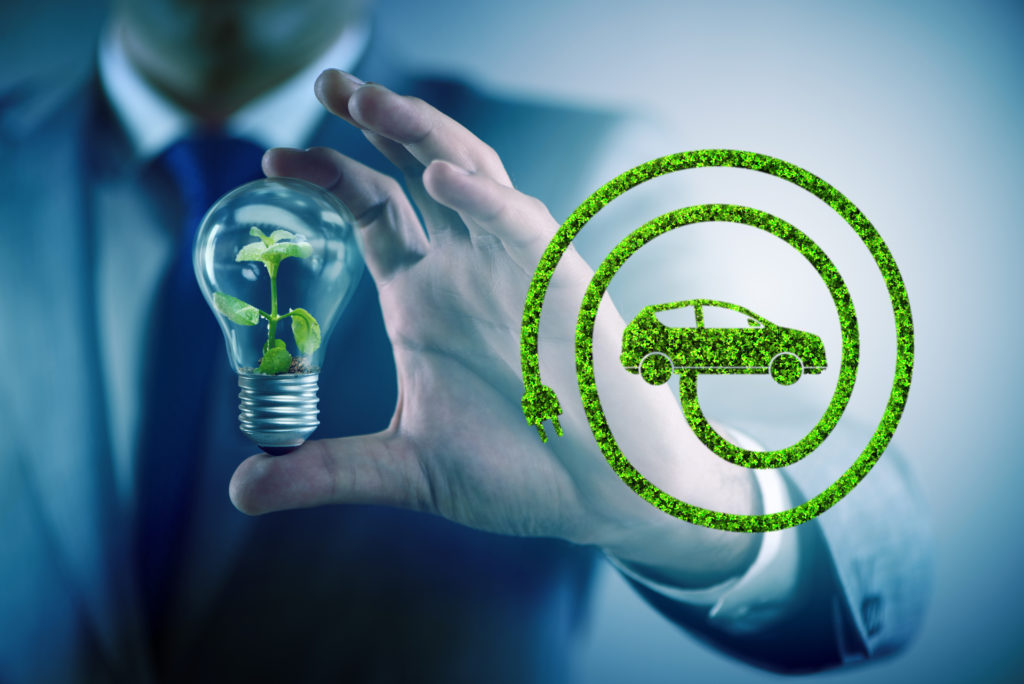- The Programme will majorly contribute to their work on air quality, in specific, the UN Environment Assembly’s Air Quality Resolution and the implementation of the Paris Climate Agreement.
- Today, transportation contributes about 25% of all energy related carbon dioxide emissions to the atmosphere, which is set to reach one-third since the sector is the fastest growing.
- To achieve a cleaner transport sector, a combination of measures needs to be implemented world-wide: better-designed cities; non-motorized transport facilities; more public transport; and cleaner and more efficient on-road fleets, including electric vehicles.
Did you know that UN Environment has an Electric Mobility Programme that supports countries, with a special focus on emerging economies, in introducing electric mobility?
The Programme will majorly contribute to their work on air quality, in specific, the UN Environment Assembly’s Air Quality Resolution and the implementation of the Paris Climate Agreement.
Today, transportation contributes about 25% of all energy related carbon dioxide emissions to the atmosphere, which is set to reach one-third since the sector is the fastest growing. The global passenger car fleet is expected to double by 2050, with the majority taking place in developing markets. While developing countries have the fastest growing fleets, most have no vehicle emissions standards, programmes and incentives in place to promote zero emission vehicles.
To achieve a cleaner transport sector, a combination of measures needs to be implemented world-wide: better-designed cities; non-motorized transport facilities; more public transport; and cleaner and more efficient on-road fleets, including electric vehicles.
For example, through a set of fiscal and non-fiscal measures, one out of four cars sold in Norway today is electric; in China, a national two and three wheelers strategic campaign that started ten years ago has now resulted in electric two and three-wheeler replacing petrol motorbikes in its major cities, with 230 million electric bikes in use to date. Such practices need to be scaled up and replicated around the world to achieve the desired impact.
The window of opportunity is small and can take as much as two decades to convert a nation’s vehicle fleet. As the car numbers in developing countries is still soaring, we must take steps to ensure we advance to low emission technology and avoid a massive increase in air pollution.
The Electric Mobility Programme is currently the only worldwide programme that supports electric transportation for developing and transitional countries. Today, UN Environment is supporting over 50 countries and cities to introduce electric buses, cars and two and three wheelers.

- 2&3 wheelers: UN Environment is supporting 8 countries to develop national roadmaps and pilot the introduction of electric two and three wheelers in Africa and Southeast Asia.
- Light Duty Vehicles: UN Environment is currently supporting 50 countries in developing economic and regulatory policies and programmes promoting efficient vehicles that is, electric cars.
- Buses: UN Environment, alongside partners, developed a clean bus fleet programme aiding 20 cities in Asia, Latin America, and Africa to prepare roadmaps for low emission public transport, including the introduction of electric buses.
The UN Environment’s Electric Mobility program will involve all investors leading global organizations in the field of electric mobility through partnerships.
(Courtesy of UN Environment Programme)




